The King of Comics
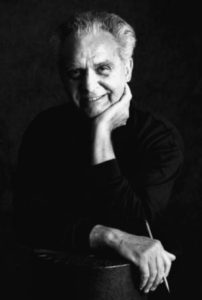
Jack Kirby (Credit: Susan Skaar)
Jacob Kurtzberg (1917-1994) was born in Manhattan to poor Jewish immigrants from Austria. He loved to draw as a child, and taught himself art techniques by studying comic strips and political cartoons in newspapers. He was rejected by the Alliance Art School (a branch of the Educational Alliance in Manhattan that was created by wealthy Jews to assist and integrate poor Eastern European Jewish immigrants), and quit Brooklyn’s Pratt Institute after a week. At 19, he started working on newspaper comic strips, first under the pseudonym Jack Curtiss. For a time he worked on Popeye cartoons, then switched to comic books. He worked on many productions over the next few years, and published under a variety of pen names, finally settling on Jack Kirby. Soon, Kirby teamed up with Joe Simon, and the two were hired by Timely Comics, later renamed Marvel Comics. Simon and Kirby’s first creation was Captain America. The comic was a huge success, but Marvel didn’t pay a good wage so they moved over to DC Comics. There, they produced a number of hits, selling over a million copies each month. During World War II, Kirby was drafted to the army and fought in Normandy. In the winter, he had severe frostbite and military doctors nearly amputated both of his legs. He was able to recover, and was awarded a number of medals, including the Bronze Star. Returning to America after the war, Kirby reunited with Simon and the two worked on a number of projects, including a stretch making popular romance comics that sold several million copies a month. At one point, they ran their own comics company. Eventually, the partnership soured and the two parted ways. Kirby eventually returned to Marvel. Partnering with Stan Lee, the two went on to revolutionize comics and usher in its “Silver Age”. Their first creation was the Fantastic Four, followed by more famous figures like the Hulk, Thor, Iron Man, Galactus, Silver Surfer, Black Panther, and the X-Men. In 1963, they combined some of these heroes to create The Avengers. Many of these characters have since been adapted to the big screen, making the Marvel Cinematic Universe the highest-grossing film franchise of all time. (The latest – and for now, final – installment of The Avengers, Endgame, opens this week and is expected to break nearly all movie records.) Kirby has been credited with being “the single most influential figure in the turnaround in Marvel’s fortunes from the time he rejoined the company.” He helped make comic book characters and their stories deeper and richer, more vibrant and alive, and more meaningful for readers young and old. Kirby also pioneered a number of new art techniques, including his famous “Kirby Krackle” energy fields. In 1970, he moved back to work for DC Comics, then came back to Marvel in 1976. During this time, he created The Eternals (rumoured to be the next big Marvel film series). Through the 1980s and until his last days, Kirby continued to create characters and draw comics. He was involved in a number of cartoons and film animations, too. Kirby felt like he never got the credit he deserved, and spent a great deal of time fighting for the rights to his own work. At the end, he only got about 2000 pages of the 13,000 pages he drew for Marvel alone. Nonetheless, the impact he had on the comic books industry, and on the world of art and film in general is immeasurable. Many artists, writers, and filmmakers point to him as their main inspiration. Kirby has been called “the King of Comics” and “one of the chief architects of the American imagination.”
How the “Splitting of the Sea” Can Change Your Life
Words of the Week
The best way to find yourself is to lose yourself in the service of others.
– Gandhi
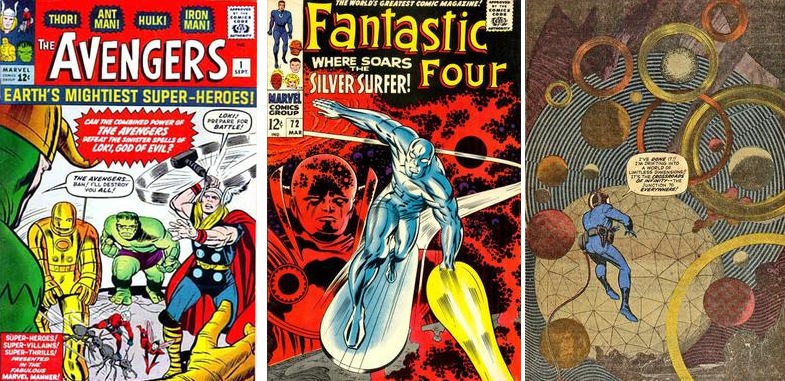
The first issue of The Avengers (September 1963); cover of Fantastic Four #72 (March 1968), showing characteristic “Kirby Krackles” in the background; a page from Fantastic Four #61 (June 1966) illustrated by Jack Kirby.

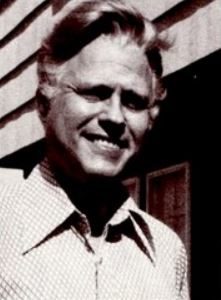
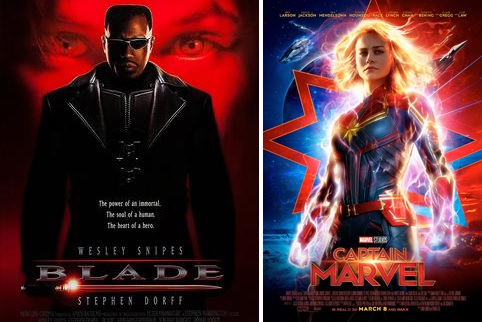
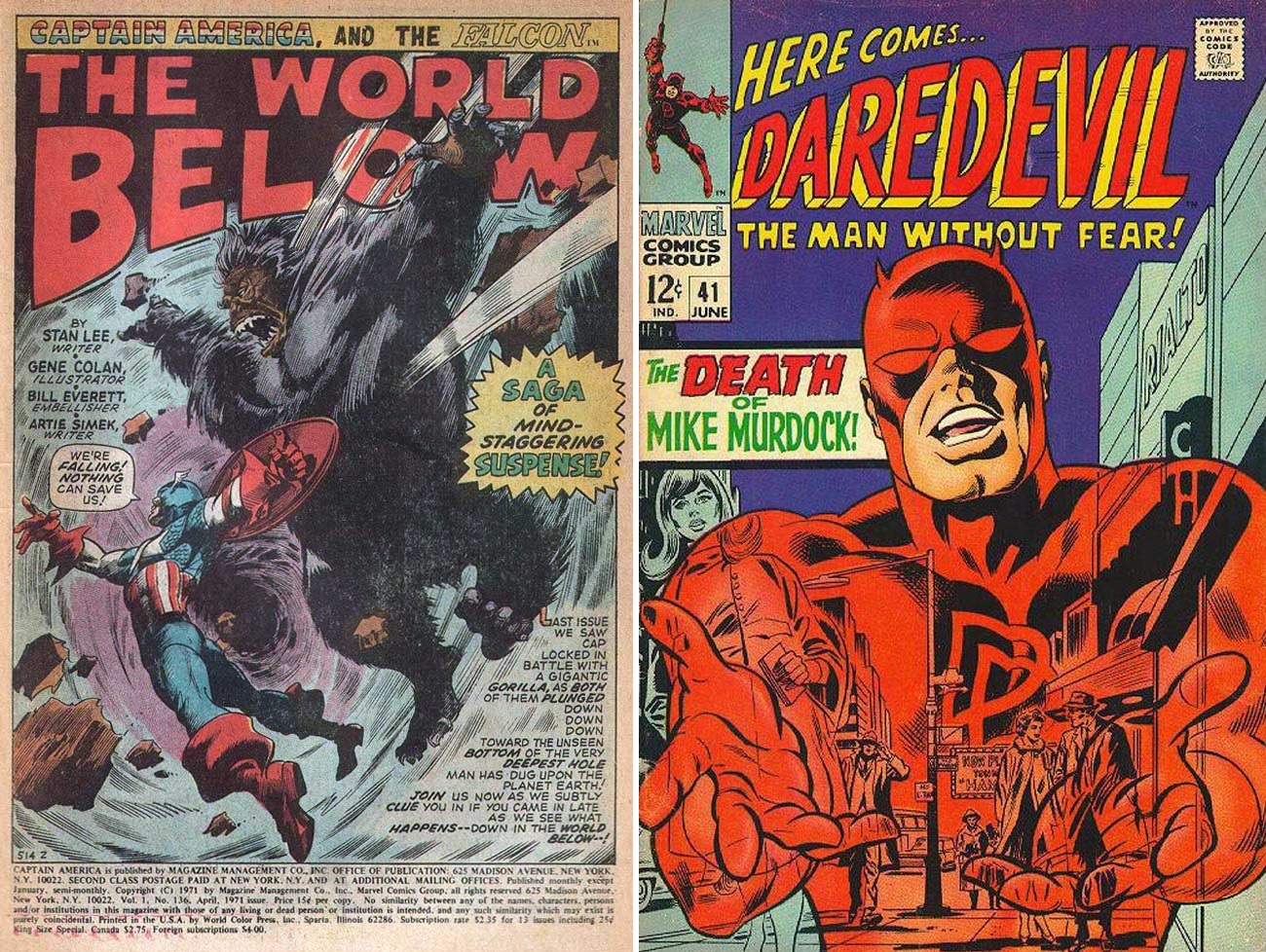
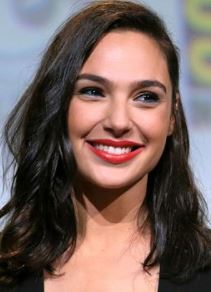 Gal Greenstein (b. 1985) was born in Petah Tikva, Israel, the granddaughter of Holocaust survivors and immigrants from Poland, Austria, Germany, and Czechoslovakia. As is common in Israel, her parents Hebraized their last name, choosing Gadot, meaning “river banks”. After graduating from high school, she was spotted by a talent agent and convinced to participate in the Miss Israel beauty pageant. Gadot joined for fun, with no interest to actually win – but she did. When moving on to the Miss Universe pageant, she purposely sabotaged her chances of winning by not wearing the required dresses or putting on makeup. Upon her return, she completed her two year military service with the IDF, then enrolled in college to study law and political science. Meanwhile, her appearance at the Miss Universe pageant brought many modeling agencies to her door. A year later, Gadot was called to audition for the part of a Bond girl in Quantum of Solace. Though she didn’t get that part, she was soon given the part of Gisele in the Fast and the Furious series, going on to appear in three of the films. She starred in a number of other Hollywood and Israeli movies and TV shows. Her big break came in 2015, when she was cast as Wonder Woman in the Dawn of Justice film. She did a great deal of training for the part, and put on 17 pounds of muscle. While the movie itself received mixed reviews, Gadot’s performance was applauded, and she was signed on for two more films, including a stand-alone Wonder Woman movie. That film (described as being “75 years in the making”) was recently released, and broke records for the largest opening weekend for a film directed by, and starring, a woman. It has raked in an impressive $450 million so far. The film has received marvelous reviews – already ranked among the greatest comic book movies of all time – mainly for Gadot’s performance, described as being inspiring and “electric”. Gadot has been credited with saving the DC Universe of films. (Amazingly, she was pregnant with her second daughter while filming Wonder Woman, yet still trained around the clock and did her own stunts.) Gadot has been praised for her unrelenting pro-Israel stance, her unfazed response to ceaseless criticism, anti-Semitism, and sexual harassment (even her role as the UN’s Honourary Ambassador for the Empowerment of Women and Girls was protested heavily), for being down-to-earth and keeping it simple (she appeared at the LA premiere in $50 flats from Aldo), and sticking to Jewish traditions over the years despite the fame and fortune. Gadot has entranced much of the world, particularly at home in Israel, where she has been called a “national treasure”, and surprisingly in China, where she has been awarded China’s “Most Popular Hollywood Actress.” Gadot will reprise her role as Wonder Woman later this year in the forthcoming Justice League film.
Gal Greenstein (b. 1985) was born in Petah Tikva, Israel, the granddaughter of Holocaust survivors and immigrants from Poland, Austria, Germany, and Czechoslovakia. As is common in Israel, her parents Hebraized their last name, choosing Gadot, meaning “river banks”. After graduating from high school, she was spotted by a talent agent and convinced to participate in the Miss Israel beauty pageant. Gadot joined for fun, with no interest to actually win – but she did. When moving on to the Miss Universe pageant, she purposely sabotaged her chances of winning by not wearing the required dresses or putting on makeup. Upon her return, she completed her two year military service with the IDF, then enrolled in college to study law and political science. Meanwhile, her appearance at the Miss Universe pageant brought many modeling agencies to her door. A year later, Gadot was called to audition for the part of a Bond girl in Quantum of Solace. Though she didn’t get that part, she was soon given the part of Gisele in the Fast and the Furious series, going on to appear in three of the films. She starred in a number of other Hollywood and Israeli movies and TV shows. Her big break came in 2015, when she was cast as Wonder Woman in the Dawn of Justice film. She did a great deal of training for the part, and put on 17 pounds of muscle. While the movie itself received mixed reviews, Gadot’s performance was applauded, and she was signed on for two more films, including a stand-alone Wonder Woman movie. That film (described as being “75 years in the making”) was recently released, and broke records for the largest opening weekend for a film directed by, and starring, a woman. It has raked in an impressive $450 million so far. The film has received marvelous reviews – already ranked among the greatest comic book movies of all time – mainly for Gadot’s performance, described as being inspiring and “electric”. Gadot has been credited with saving the DC Universe of films. (Amazingly, she was pregnant with her second daughter while filming Wonder Woman, yet still trained around the clock and did her own stunts.) Gadot has been praised for her unrelenting pro-Israel stance, her unfazed response to ceaseless criticism, anti-Semitism, and sexual harassment (even her role as the UN’s Honourary Ambassador for the Empowerment of Women and Girls was protested heavily), for being down-to-earth and keeping it simple (she appeared at the LA premiere in $50 flats from Aldo), and sticking to Jewish traditions over the years despite the fame and fortune. Gadot has entranced much of the world, particularly at home in Israel, where she has been called a “national treasure”, and surprisingly in China, where she has been awarded China’s “Most Popular Hollywood Actress.” Gadot will reprise her role as Wonder Woman later this year in the forthcoming Justice League film.